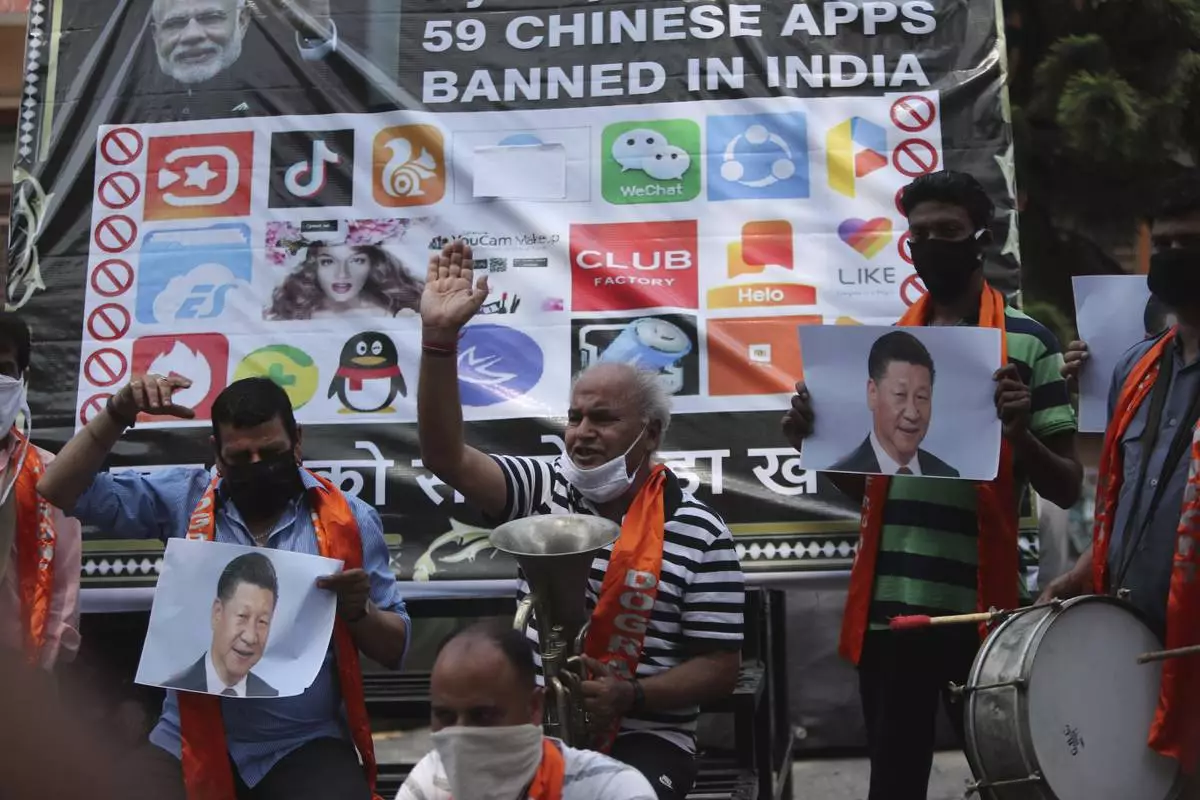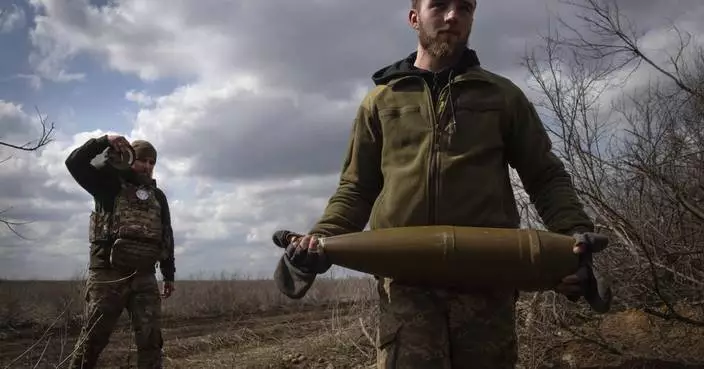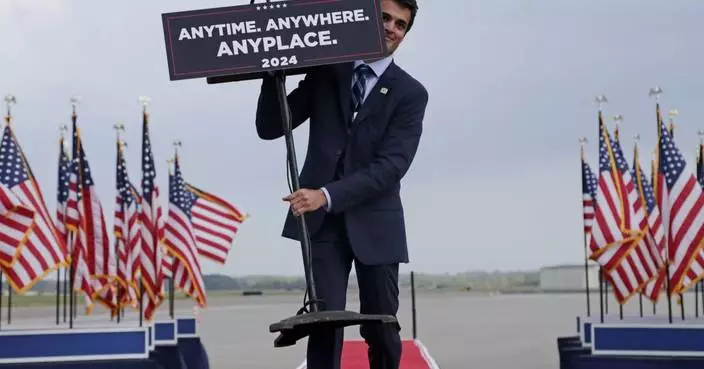Prosecutors will have to clear a series of high legal hurdles if they intend to charge R. Kelly and convict him, even if there's video evidence.
One case illustrates the difficulties: The R&B star's own 2008 trial at which he was acquitted. At the heart of that child pornography trial was a VHS recording that prosecutors said showed Kelly, in his 30s at the time, having sex with a girl as young as 13 sometime between 1998 and 2000.
Speculation that Kelly, now 52, could face new charges arose after attorney Michael Avenatti said he recently gave prosecutors a VHS tape of Kelly having sex with an underage girl, although it's not clear when it allegedly was recorded.
The office of Cook County State's Attorney Kim Foxx hasn't commented about whether a grand jury has convened to consider charges against Kelly. But Foxx may feel emboldened to bring new charges in the #MeToo era, said one legal scholar.
"Because they couldn't get the conviction in 2008, the state's attorney's office may feel justice wasn't done and they may want to take another stab at it," said DePaul University College of Law professor Monu Bedi, who teaches criminal law and procedure and has followed the Kelly case closely.
Kelly's attorney, Steve Greenberg, has said his client "never knowingly had sex with an underage woman."
"If R. Kelly is charged with anything, we will address it in court. I am confident he will leave through the front door," Greenberg told The Associated Press.
Prosecutors in 2008 played the 27-minute VHS tape — entered as "People's Exhibit No. 1" — nearly every day for jurors during the monthlong trial. In it, a man has sex with a young female, who is not wearing any clothes for most of the recording. He speaks to her in a hushed voice, and she calls him "Daddy."
But in the end, jurors took just seven hours to deliberate before acquitting Kelly on all 14 child pornography counts. As the verdict was read aloud, tears streamed down Kelly's face.
"Thank you, Jesus," the singer said over and over in a soft voice.
Afterward, lead trial prosecutor Shauna Boliker told reporters the acquittal "shows the world how difficult this crime is to prosecute."
Prosecutors didn't explain in 2008 why they chose not to charge and try Kelly for sexual assault, though legal experts said it almost certainly had to do with the alleged victim's unwillingness to testify. Child pornography is, or should have been, easier to prove without a cooperating victim.
If prosecutors now hope to charge Kelly anew, determining the time of any alleged crime will be crucial. That the tape handed over to prosecutors recently was recorded in VHS format suggests the incident also dates to around or before 2000.
Illinois legislators in 2017 erased time limits for charging sexual assault of children and it unambiguously applies to any sexual assault that happened anytime since 2017. But if a sexual assault case under the previous 20-year charging window was viable at the time of the 2017 amendment, Bedi said that an older sexual assault can be prosecuted at any time — years or even decades from now.
So, the critical question is whether any sexual assault of a child allegedly by Kelly occurred within the 20-year span before the 2017 amendment, Bedi said. Also working in prosecutors' favor is that they have 20 years from when the victim turns 18, not 20 years from the day the child was victimized, Bedi said.
Kelly's across-the-board acquittal in 2008 stunned many legal observers, and a future Kelly trial team may try to use similar defense strategies.
Defense lawyers in 2008 focused on Kelly's insistence that the man in the video was not him. They showed jurors that Kelly has a large mole on his back, but played excerpts of the video in which a mole was not visible on the man appearing on the screen. Prosecutors used different excerpts to show a dark spot was visible.
One of Kelly's attorneys, Sam Adam Jr., told jurors during closings there was no mole on Kelly's back and that meant one thing: "It ain't him. And if it ain't him, you can't convict."
Defense attorneys even suggested the video footage could have all been computer-generated to make the man look like Kelly.
One reason child pornography and child sexual abuse cases are difficult is that the accusers find it traumatizing to recount what happened to them. The situation can be more intense if the setting is a high-profile trial involving a celebrity defendant.
In the 2008 trial, Kelly's alleged victim, who by then was around 23 years old, did not testify. She denied before trial that she was on the video. Instead, prosecutors relied on friends of hers and four relatives to identify her as the girl in the video.
Prosecutors also called on Kelly acquaintances who said the man in the video was clearly Kelly.
Jurors who spoke to reporters after the trial ended said they had difficulty convicting someone when the alleged victim didn't testify. One said he wasn't convinced the girl was a minor when the tape was made. Another said jurors had reasonable doubts about the identity of the people in the video.
"You want to be 100 percent sure it's Kelly and (the alleged victim)," one juror said. "What we had wasn't enough."
Follow Michael Tarm on Twitter at http://twitter.com/mtarm










